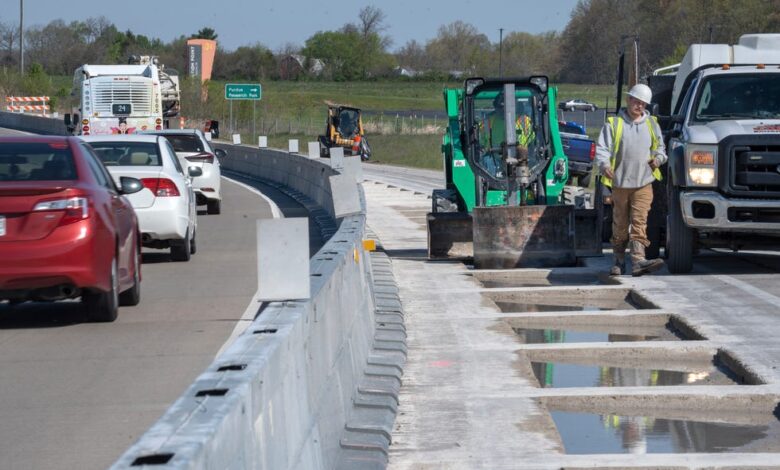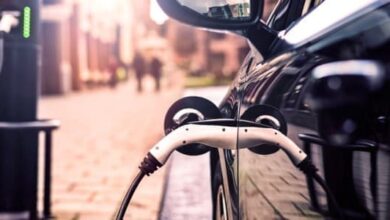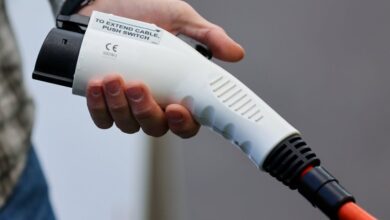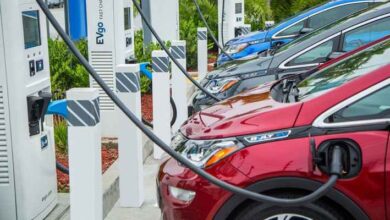Your EV may soon be able to draw power from the highway: Here’s how

On a small stretch of highway in Indiana, crews are retrofitting the road surface with a series of coils in the pavement that will turn one lane of the four-lane divided highway into an power-producing strip for an electric vehicle.
The road, a quarter-mile stretch of U.S. 231/52 in West Lafayette, will provide researchers with a real-world test of the same science that powers many smartphones and small devices. And while there are projects in other states and countries testing wireless EV charging directly through roads, this project − a joint partnership of the Indiana Department of Transportation, Purdue University and Indiana-based Cummins Inc. − is scaling up the technology for use in a highway (with faster speeds) and heavy-duty vehicles.
How does an EV vehicle draw power from the road?
The charging process itself, called dynamic wireless power transfer, or DWPT, powers EVs through the series of coils embedded in the roadway and is based on the physics of electromagnetic induction discovered by Michael Faraday in 1831.
Think of it as a larger-scale version of the way many newer smartphones can charge wirelessly, simply by placing the phone atop a powered charging pad.
The science behind DWPT would work in a similar way: an array of 3-foot-wide charging panels, each roughly 12 feet long, is embedded in the concrete. These charging panels include the primary coils that can send up to 200 kilowatts of power − roughly the electricity it takes to power 100 homes − to the vehicle’s motor.
For the Indiana test, the power is coming from a nearby portable diesel generator, enough to power one truck. If the technology became more widespread, the electric power would come from the grid.
The primary transmitter coils will sit a few inches below the road surface, capped by a polymer concrete patch.
For testing, an electric truck equipped with a receiver coil on the bottom of the cab will travel the lane directly over the line of transmitter coils, receiving energy that bypasses the battery and propels the vehicle via its electric motor.
The truck will drive over the embedded coils as part of the pilot program that is tentatively set for spring or summer 2025.
Can this kind of road recharge your Tesla?
The test track isn’t designed to power existing consumer EV models. In fact, the test road’s primary coil is designed to work with the Cummins truck. Existing EVs lack the receiver coil necessary to draw a charge from the roadway.
If this technology were to become mainstream, vehicles would need to be redesigned and manufactured with the receiver. An upside, Purdue points out, would be the need for less onboard battery capacity in such EVs, and there would be a reduction in the overall cost and weight of the vehicle.
Contributing: Sarah Bowman, IndyStar
SOURCES: Purdue University; Indiana Department of Transportation



